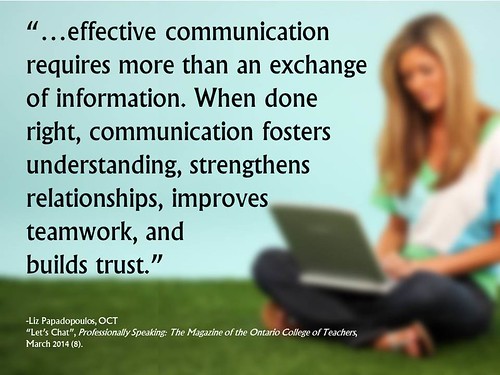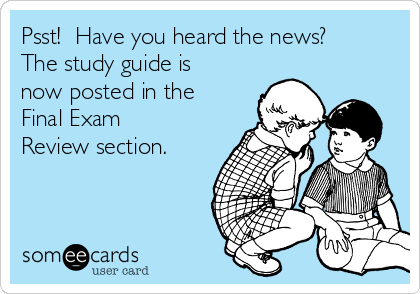Creating a true classroom culture is
perhaps the most challenging aspect of virtual education.
Facilitating learning in an online environment is quite different
from teaching face-to-face in the classroom. Among all the different
learning experiences offered in the virtual classroom, synchronous
learning sessions represent the most similar experience to the
traditional classroom. Because they usually take place only once a
week, it is very important to plan these sessions thoroughly in order
to ensure that this virtual face-to-face time with students is
maximized.
Dedicating the first session to learn
about students' backgrounds, interests, previous learning experiences
as well as individual learning styles will give instructors the
opportunity to collect all the information needed to make sure that
the rest of the synchronous sessions in the course are engaging and
relevant to their students. Equally important is that instructors
integrate multiple collaborative learning activities within these
sessions, giving students the opportunity to interact with each other
in meaningful ways. Student-centered synchronous sessions are a
central component to build a sense of community, a community of
learners, in the virtual classroom.
























